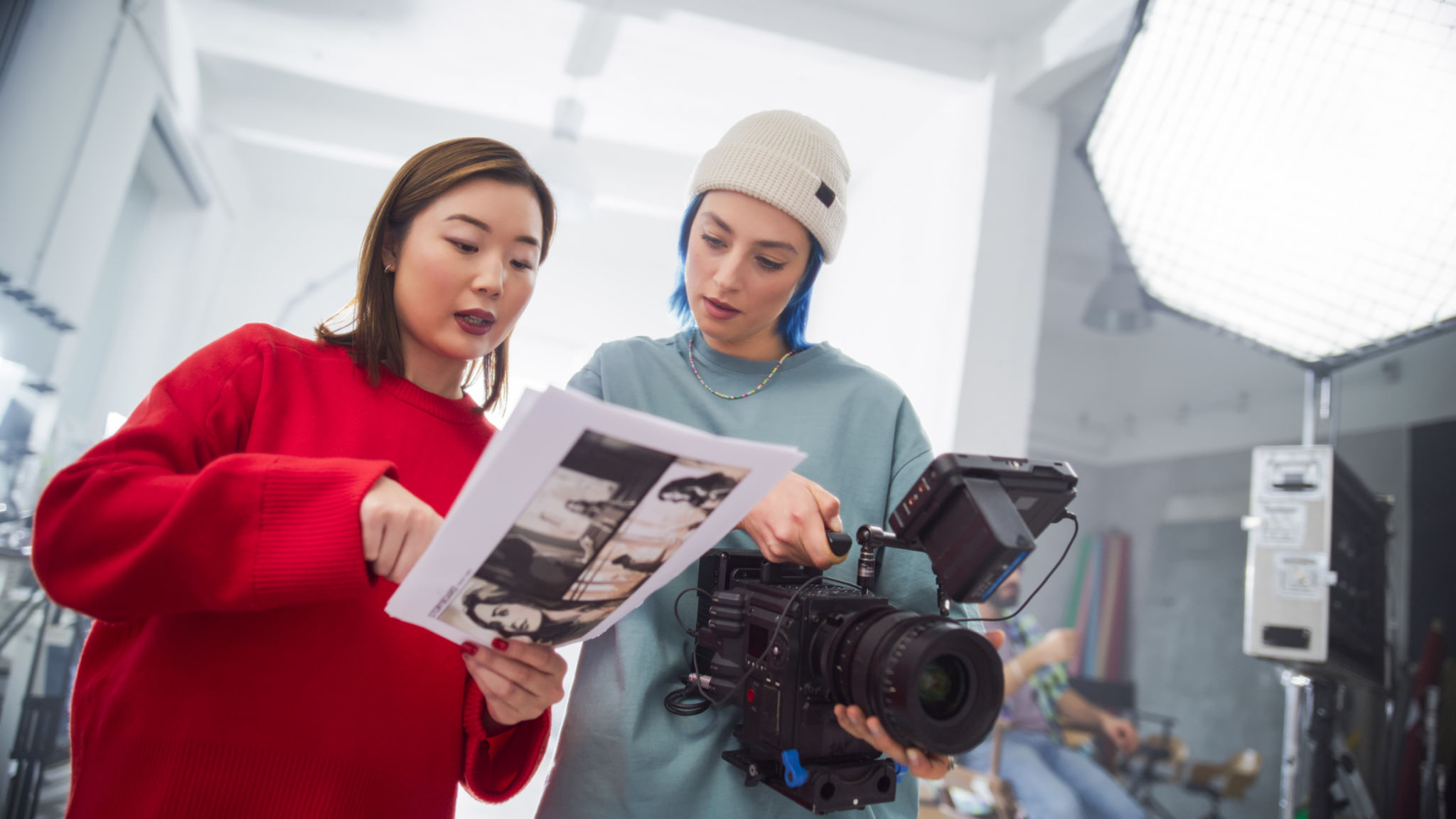Case Study: Transforming Commercial Videos with Professional Color Grading
Introduction to Professional Color Grading
In the realm of commercial video production, the visual appeal of a video can make or break its success. One powerful tool that filmmakers and videographers use to enhance the aesthetic quality of their work is professional color grading. This technique not only elevates the visual storytelling but also engages viewers on a deeper level.
Color grading involves adjusting the colors in a film or video to achieve a desired look or mood. It's a process that requires both technical skills and an artistic eye, transforming raw footage into a compelling visual experience. By altering the color palette, contrast, and saturation, professionals can guide the audience's emotions and perceptions.

The Impact of Color Grading on Commercial Videos
For businesses, the use of professional color grading in their commercial videos can be a game changer. The right color grading can enhance brand identity, evoke specific emotions, and even influence purchasing decisions. It's more than just making a video look pretty; it's about aligning the visual presentation with the brand's message and goals.
Consider a brand that wants to convey a sense of luxury and exclusivity. Through color grading, the videographer might opt for a cooler, more desaturated look, emphasizing sleekness and sophistication. Conversely, a vibrant and colorful grading might be used for brands targeting a younger, more energetic audience.

Case Study: A Success Story
Let's dive into a real-world example of how professional color grading transformed a commercial video campaign. A well-known fashion retailer sought to rebrand their image to appeal to a more upscale market. Their marketing team decided to produce a series of commercials that showcased their new clothing line.
The initial footage was well-shot but lacked the distinctive visual style needed to correspond with the brand's new direction. By applying professional color grading, the post-production team was able to infuse each frame with rich, luxurious tones that brought the high-end fashion line to life.

The Process Behind Color Grading
The transformation began with a thorough analysis of the brand's identity and the mood they wanted to convey. The colorists collaborated closely with the directors and producers to ensure that the grading would effectively communicate the desired message. They utilized sophisticated software tools to adjust the colors meticulously.
The process involved several steps:
- Primary Color Correction: Balancing exposure and white levels to ensure consistency across all footage.
- Secondary Color Correction: Fine-tuning specific hues to enhance skin tones or highlight particular elements.
- Look Creation: Applying creative color adjustments to achieve the final aesthetic.
The Results: Enhanced Brand Perception
The outcome of this meticulous color grading process was nothing short of transformative. The commercials resonated with audiences, conveying a sense of elegance and exclusivity that aligned perfectly with the brand's new image. Not only did this increase viewer engagement, but it also boosted sales figures significantly.
This case study demonstrates how professional color grading can elevate commercial videos from mere advertising tools to impactful storytelling mediums. By carefully crafting the visual tone, businesses can create a more profound connection with their audience.

Conclusion: The Power of Professional Color Grading
In conclusion, professional color grading is an essential component in the creation of compelling commercial videos. It serves as a bridge between technical execution and creative vision, providing businesses with a powerful tool to enhance their brand presence and impact.
Investing in professional color grading not only improves the immediate aesthetic appeal of a video but also contributes to long-term brand success. As seen in our case study, when done well, it can lead to increased engagement, stronger emotional connections with viewers, and ultimately, greater business success.
